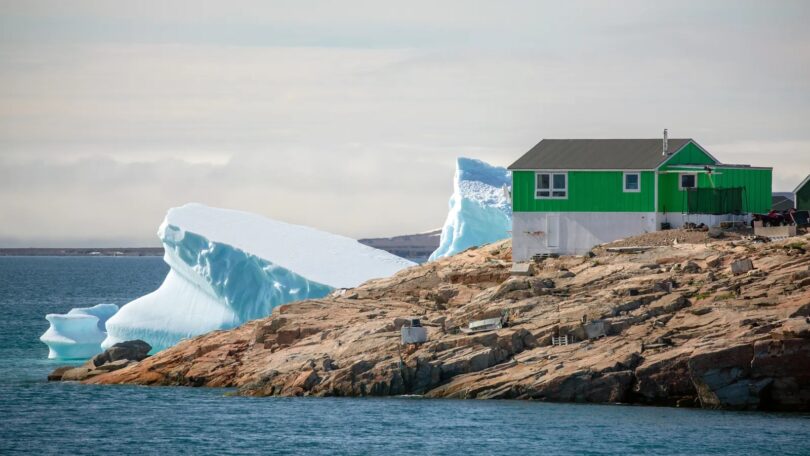Laura Hall
Nothing puts you more in awe of nature than sleeping on a 3km-thick slab of ice underpinned by snow that fell more than a million years ago. Camp Ice Cap near the town of Kangerlussuaq offers an extraordinary opportunity to camp for a night on the Greenland Ice Sheet that covers around 80% of the country, an experience usually only possible for research or expedition purposes.
But this is not the only extraordinary camping experience in Greenland. The world’s largest island, complete with its largely inhospitable ice sheet, often-stormy seas and the world’s largest land predator, the polar bear, has recently gotten into the glamping game.
At Kiattua Camp, two hours by boat from Greenland’s capital, Nuuk, you could be settling into a hot tub with a steamy view of the second-longest fjord system in the world, before enjoying a meal prepared in an outdoor kitchen and retiring to your comfortable luxury teepee. In South Greenland, meanwhile, you could be fishing, foraging, kayaking or hiking beside a dramatic fjord overlooked by towering mountains at Tasermiut Camp, where the focus is squarely on using Greenlandic nature as medicine for the soul by exposing you to its awe-inspiring sights.
Far from being a tourist fad, these experiences are part of a wider realisation taking place in Greenland about the value of its unique nature – a combination of dramatic mountain scenery, deep ice-filled fjords, untouched wildernesses and sprawling glaciers – for health, and particularly mental health. And while plenty of research shows that nature is good for your wellbeing and boosts mental health, there’s something at play in Greenland that adds a different perspective.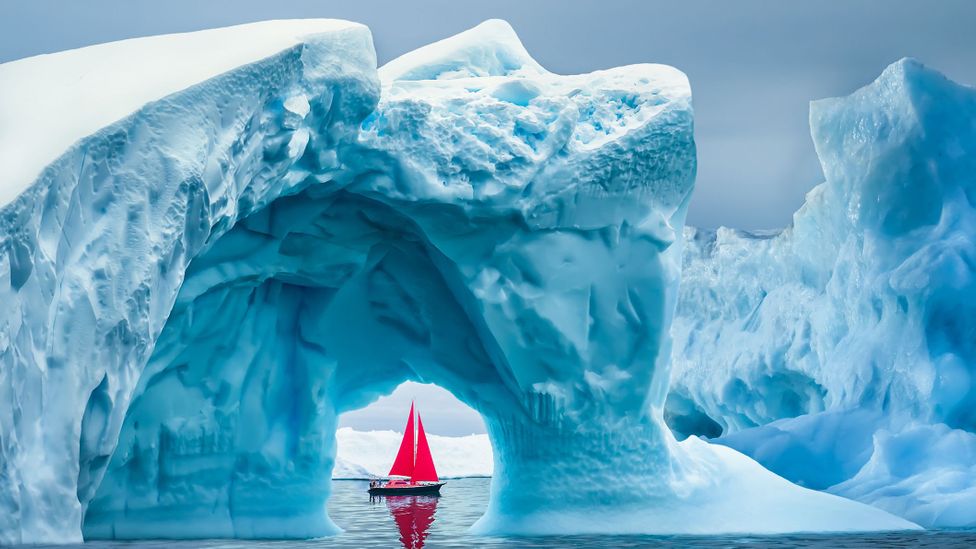
Greenland’s dramatic scenery is thought to have a positive effect on wellbeing and mental health (Credit: Juan Maria Coy Vergara/Getty Images)
Dr Naja Carina Steenholdt, a researcher at Syddansk University in Copenhagen investigated the relationship between Greenlanders and wellbeing for her PhD, focusing particularly on what she calls the “Greenland Paradox”. Greenland has regularly recorded the highest suicide rate per capita of any country in the world, and suffers from well-documented social issues, many relating to its post-colonial legacy. Yet in this remote island, with a population of just 56,000, the majority of those surveyed by Steenholdt reported high or very high levels of satisfaction with their lives.
She wanted to find out how, given these circumstances, people could feel so happy. And it made her curious about what constitutes a good life in Greenland in the first place.
While social connections in the country’s tiny towns and fjord-side villages are highly valued, Steenholdt’s research found that of all the critical factors for quality of life in Greenland, nature came out on top.
People would answer: ‘Without nature, I would have no family. I wouldn’t be able to live my life. I get food and energy from nature.’
“There is a deep understanding that nature comes before everything,” she said. “People would answer: ‘Without nature, I would have no family. I wouldn’t be able to live my life. I get food and energy from nature.’ This was a regular response.”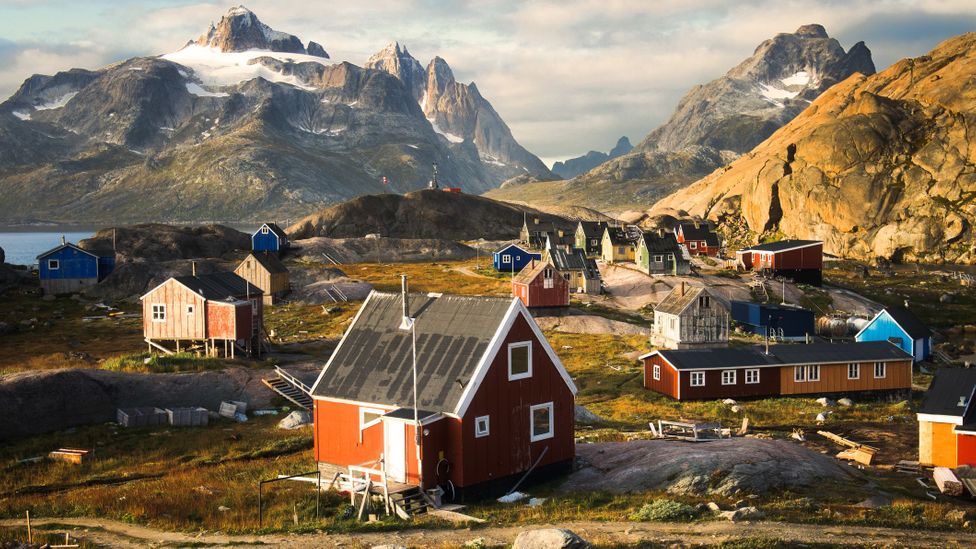
Social connections in Greenland’s tiny towns and fjord-side villages are highly valued (Credit: Posnov/Getty Images)
Steenholdt added: “It really struck me how many people rated nature higher than family. It is not just seen as a source of food; it is so fundamental that it overrules family and work. It is the precondition for a good life.”
This understanding and respect for nature is felt through every part of life in Greenland. Historically, people have had to fight it for their own existence, surviving through bleak winters in landscapes where very little grows and where predatory polar bears targeted the few livestock that survived. Today, hunting, fishing and boating are common pastimes and just about everybody owns a chest freezer full of locally hunted meat. The local food supply chain is often just one or two links long; wild nature is only ever a step away.
For public health researcher Ingelise Olesen of the Greenland Center for Health Research in Nuuk, there’s a complexity in the Greenlandic relationship to nature that makes it central to culture, community and lifestyle.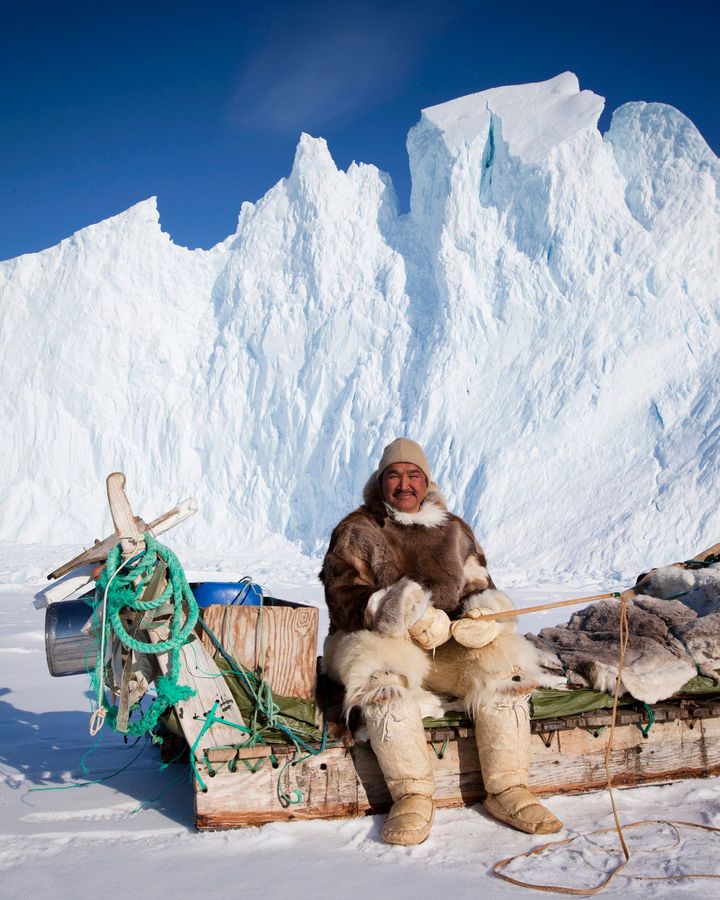
The Greenlandic relationship to nature is central to culture, community and lifestyle (Credit: Justin Lewis)
“It’s not as simple as saying that nature heals everything, and certainly not [among] the bigger challenges we have here,” she said, referring to suicide and mental health problems that afflict the country. “Having a great view doesn’t solve anything. It’s more about the meaning of your relationship with nature. It’s how nature interacts culturally, giving you a sense of national pride and independence. The value is in how it works with culture, community and history, and how it supports feeding, hunting and survival.”
Having a great view doesn’t solve anything. It’s more about the meaning of your relationship with nature. It’s how nature interacts culturally, giving you a sense of national pride and independence
A recent pilot project of hers took a mixed group of elders and younger people out to a remote camp in order to connect through culture, nature and traditions. Through it, young and old exchanged knowledge, caught and prepared fish, made fires and cooked dinner on hot rocks. It was a great success, she said, with the groups sharing knowledge about ancestral traditions and technology, and creating a sense of belonging that was missing before.
Experiencing the healing side of Greenlandic nature as a visitor is easy. For a start, just flying into the country will take your breath away, revealing mile after mile of jagged mountains stretching into the distance. So much dramatic, largely unexplored and uninhabited space offers an immediate shift in perspective, putting you in a space where your problems are without doubt dwarfed by something else. The vastness of nature in Greenland immediately forces you into a different relationship with the outdoors – it’s not optional, you can’t hide from it and you have to engage with it.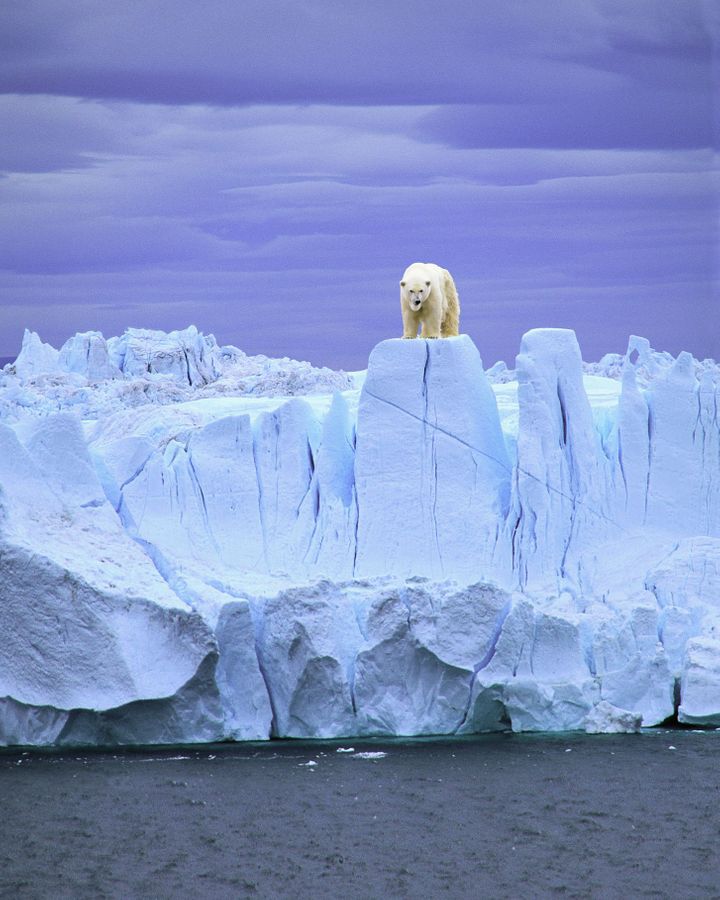
The vastness of nature in Greenland offers visitors a shift in perspective (Credit: Bruce Burkhardt/Getty Images)
Another key perspective shift is that, as a tourist, you have to accept that you are not in control. Flights get cancelled, boats can’t sail due to high winds, and even in good weather, guides may be unavailable because it’s prime hunting season. Here, nature dictates behaviour, unlike life in a modern city where nature is tamed due to society’s needs. It’s a refreshing experience, and an interesting thinking point to take home with you: how differently would you behave if you let nature dictate your actions back home? And would you feel happier as a result?
More tangibly, extraordinary outdoor experiences are available all over the country, inspiring awe and wonder in nature – and in life itself. You could work up a sweat hiking to the edge of the Greenland Ice Sheet along a grey-blue glacial river; sinking into an ancient hot spring with views of passing icebergs; or watching polar bears swim in the Greenland Sea – from a safe distance – just to name a few options.
But you don’t have to be wearing hiking boots – or a swimsuit – to bask in the sense of wonder generated by Greenlandic nature. You’re constantly exposed to it, whether that’s walking past a woman in a beautiful sealskin coat on the streets of Nuuk or browsing a rack of jewellery made from deer bone and polar bear claws in a craftsman’s home in Qaqortoq.
Talking to locals brings up fascinating conversation topics, from towns where a polar-bear patrol checks the streets each morning to keep school children safe, to the boat skipper who accidentally collided with a whale in a fjord and was thrown overboard into an ice-cold sea. I saw packets of whale meat in a local supermarket, seal flippers for sale in a fishmonger and musk ox curry on the menu in a Thai restaurant, a sure sign of a different relationship with the environment.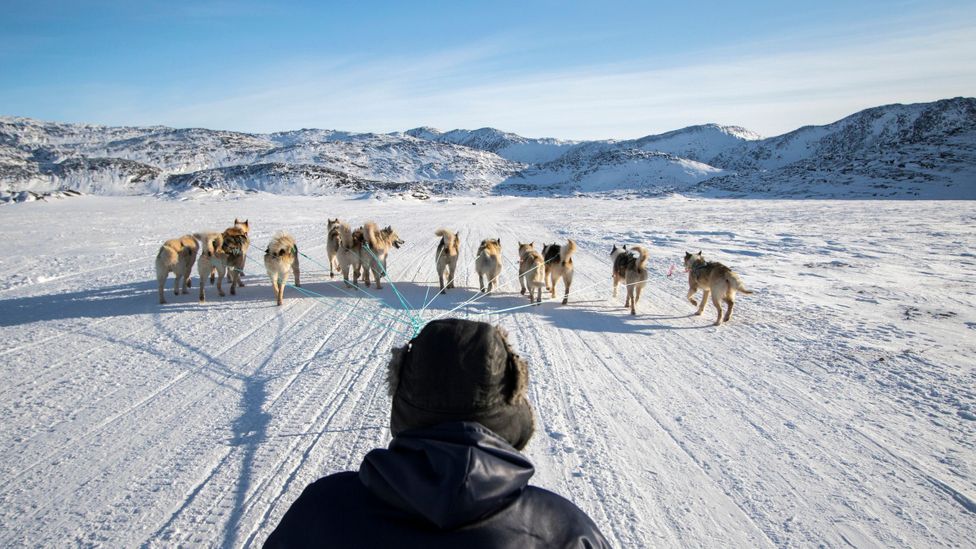
Nature and outdoor activities play a crucial role in quality of life in Greenland (Credit: Julien Ratel/Getty Images)
As I walked with Alibak Hard in Qaqortoq, a local tour guide and former manager of the Unesco World Heritage Site in southern Greenland, an area celebrating a continuous sheep farming culture that dates to the Viking age, it’s clear that Greenlanders see nature through different eyes. He told me his favourite stress-relieving activity is to go hunting around the islands and in the green fjords beyond the town.
For me, going out into nature is like going into the biggest man cave in the world
“For me, going out into nature is like going into the biggest man cave in the world,” he said with a grin.
The difference is, that instead of being a place where you disconnect with everything else, this Greenlandic man cave is a place of connection and reconnection, of seeing your place in the natural world and how it plays a role in culture, food and survival.
Wellbeing, as Steenholdt’s research showed, is in Greenland’s nature.
Courtesy: bbc

